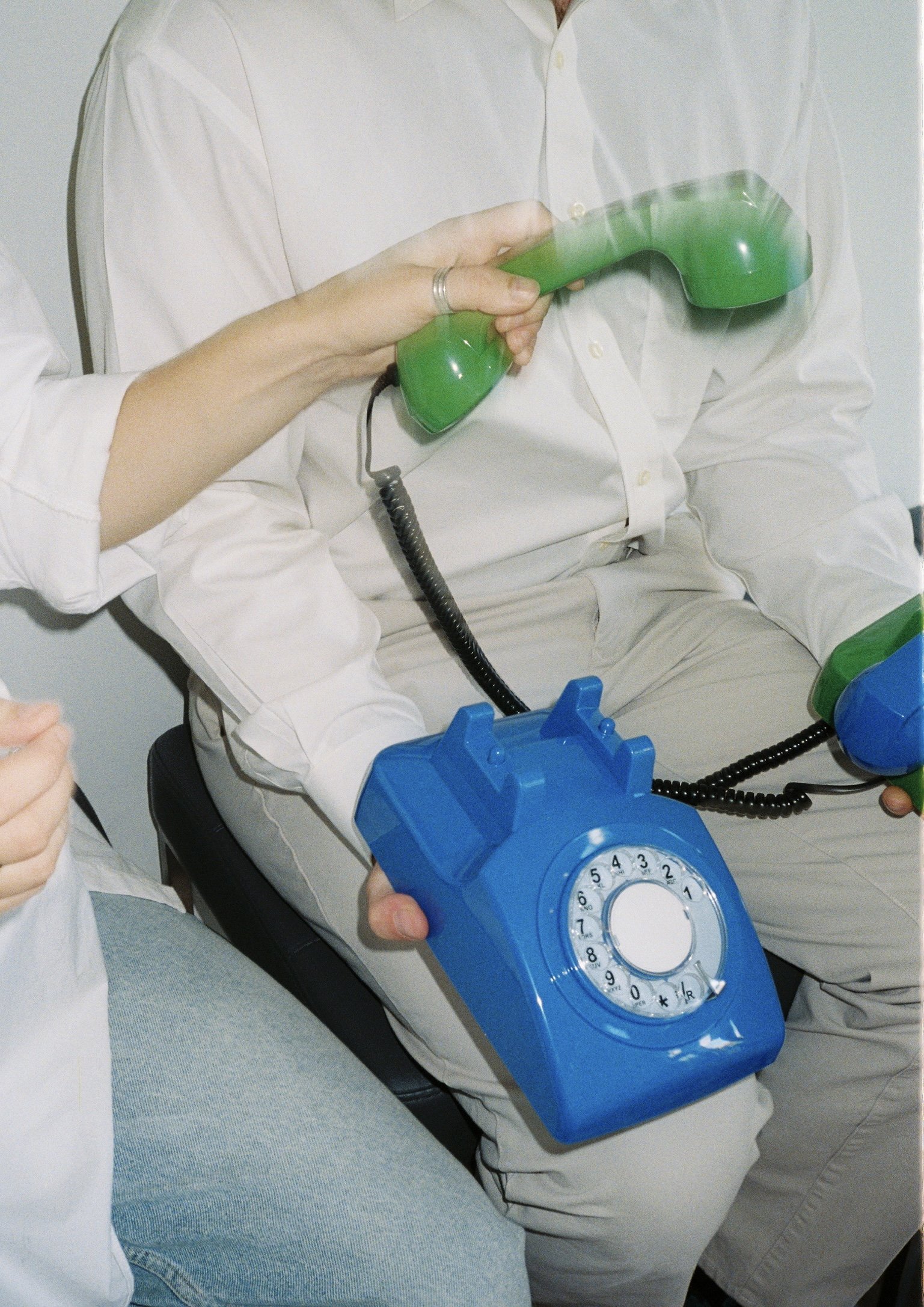THE 9-5, THE 5-9, AND THE WORK IN BETWEEN
We recently ran a poll on Instagram Stories, asking independent creatives what they struggle with the most in the industry. The top answer? Balancing creative work with a full-time job. Nearly half of the responses pointed to financial pressure and the impossibility of doing it all — or doing it all at once.
That statistic isn’t surprising. But it is telling.
There’s a quiet disconnect between how creative careers are imagined about and how they’re actually lived. The prevailing narrative still glorifies “the leap”: quitting your job to pursue your art full-time, trusting that time and passion will somehow turn into momentum. It’s aspirational. It’s dramatic. But for most emerging artists today, the reality is far less cinematic. Art isn’t something you freefall into — it’s something you build around the rest of your life.
In this version of the story, art is clocking out, making dinner, and opening a DAW. It’s writing lyrics in the notes app between meetings. It’s designing cover art at 1 AM, squeezing in one last vocal take before your flatmate gets home. It’s the 9–5, the 5–9, and the scraps of time that live between. And yet, that version of the creative grind gets less airtime — maybe because it doesn’t look the way “success” is usually framed.
But here’s the truth: most creatives have another job. Plural, in many cases. Some are adjacent to their craft — like teaching, freelancing, or producing. Others aren’t. But either way, the work doesn’t invalidate or dilute the art. If anything, it sharpens it. Because when time is limited, the work gets more focused. Ideas don’t wait for the perfect schedule — they’re chased in the margins, written in transit, recorded under less than ideal conditions. The urgency becomes part of the art.
What needs to go is the myth that “real” artists are the ones who dedicate everything to their craft and nothing to their stability. That framing isn’t just unrealistic but also damaging. It erases the full picture of how creativity actually works today: in fragments, in motion, in constant negotiation with everything else.
There’s dignity in the in-between. In making art that no one asked for, at a time when it’s hardest to make. And maybe what we need isn’t more pressure to quit our day jobs — but more spaces that honour the artists who show up anyway.
Being in your job doesn’t mean you’re not in your craft. Being stretched thin doesn’t make you less of an artist.
If anything, it makes you more.
